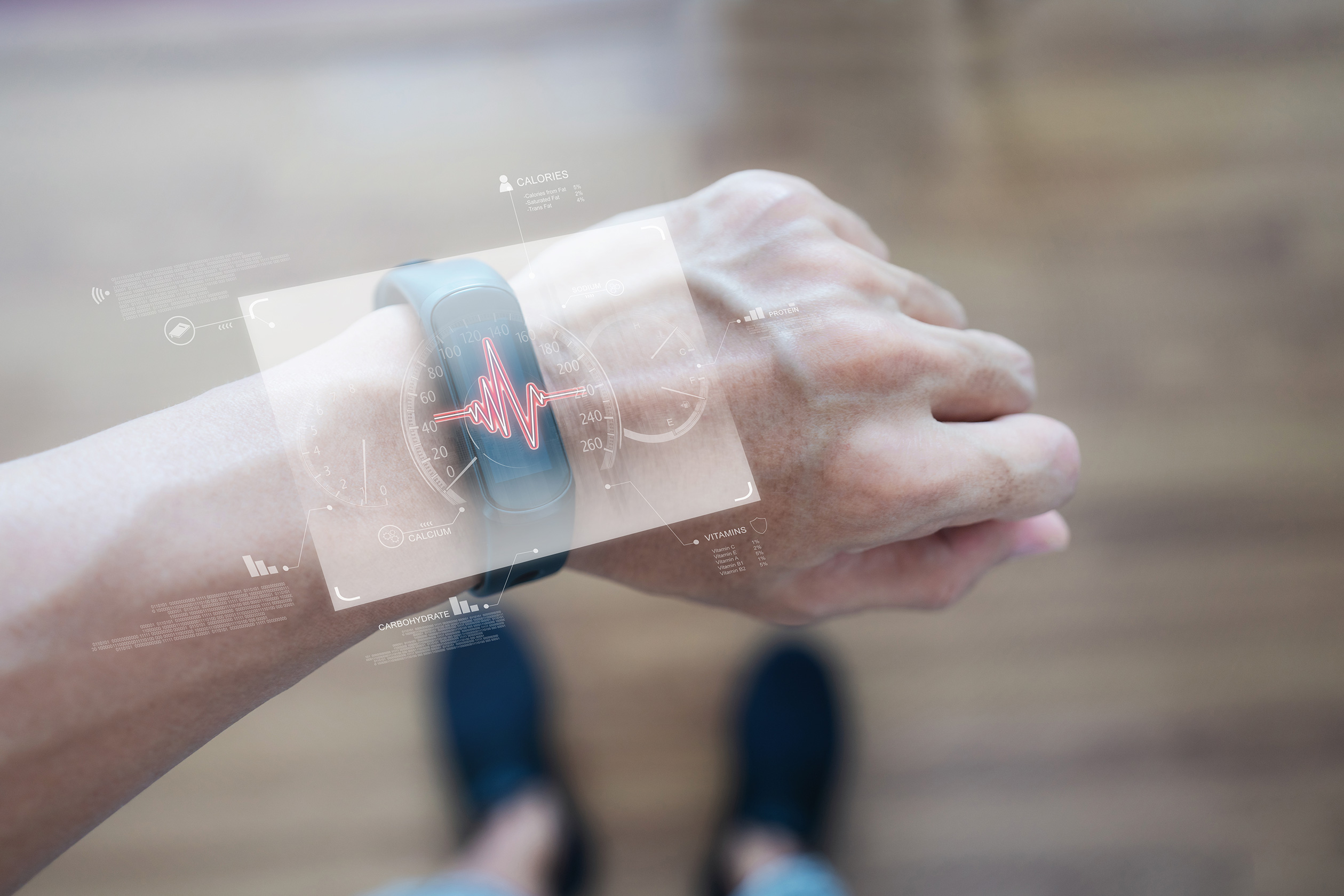What is the Internet of Bodies and How it Advances Healthcare

Technology has become mandatory for the healthcare sector for some time, but the pandemic has given a new impetus to its adoption. IoT and all its directions as IoMT (Internet of Medical Things), IoHT (Internet of Healthcare Things), and IoB (Internet of Bodies) have become an integral part of medical services, clinical trials, and manufacturing of medical equipment and drugs. The global Internet of Things (IoT) market in healthcare is projected to reach USD 320 Billion by 2027 at a CAGR of 25.5%, shows the Comprehensive Research Report by Market Research Future (MRFR). This includes all the technology that „collects, analyses, notifies, or retains health-related data from users via a variety of platforms and devices“, such as smartphones, smartwatches, fitness trackers, implantable surgical devices, and digital pharmaceuticals. In this article, we’ll focus on one of its directions – the Internet of Bodies.
Internet of Bodies – what is it?
The Internet of Bodies is an extension of the Internet of Things in healthcare. The concept originates in 2016 and describes all the connected devices that monitor the human body and collect and exchange information about the physiological status of the person without the involvement of humans or computers, in parallel with biometric and behavioural data. To be more concrete, the technology could be represented as a concept that uses the human body as a platform for data collection and exchange.
IoB enters more and more perceptibly into our lives. According to Statista.com the number of connected wearable devices worldwide has more than doubled in the three years period, increasing from 325 million in 2016 to 722 million in 2019. The number of devices is forecasted to reach more than one billion by the end of 2022. The market of smart wearable devices such as Fitbit and smartwatches is booming. According to Insider Intelligence in 2021 23,3% of the American population was using wearable devices. The analysts projected that by 2025 this percentage will reach 27,2.

The three categories of IoB
IoB can be divided mainly into three categories, according to Analytics Steps.
- The first category includes body external devices. These are the devices that people wear or that are connected to the human body physically. They use sensors or other technology to collect and transmit data. These instruments are widely used (as we have already mentioned above).
- The second category includes internal devices that are implanted in the human body like cardiac pacemakers and implantable cardioverter defibrillators. The reps of this category are getting popular nowadays.
- The third category includes devices that are embedded in the human body or digested, such as digital pills, which measure parameters like temperature, pH, conductivity and dissolved oxygen, etc. This category is still in process of scientific research and development.

IoB and clinical trials
The Internet of Bodies is transforming clinical trials as well. The most common IoT devices are electronic Clinical Outcome or Patient Report Assessments, sensors, and wearable devices. Accordingly, most of the IoB is used in the studies focused on diseases and disorders of the cardiovascular and central nervous systems, chronic diseases, diabetes, and dermatology. Once collected the data could be used for the current protocol or left for use in future trials.
Decentralised Clinical Trials and IoB
The Covid-19 pandemic was a real catalyst for Decentralised Clinical Trials (DCT). The DCT does not depend on physical visits to clinical sites, which gives a new opportunity to patients who are limited by geographical location and time. DCT can’t be executed without IoT and IoB devices. Of course, IoT and IoB devices are just one side of the DCT. To be implemented there should be proper local regulation and last, but not least – a suitable technological infrastructure that supports a decentralised approach. Clinicubes CTMS can manage all the processes in your virtual or hybrid clinical trial and a combination with the EDC system Metaforms is perfectly suited to complete this task. It simplifies the collection of all information needed for the study and provides access to all required clinical data.
If you want to check it out, please contact us.




